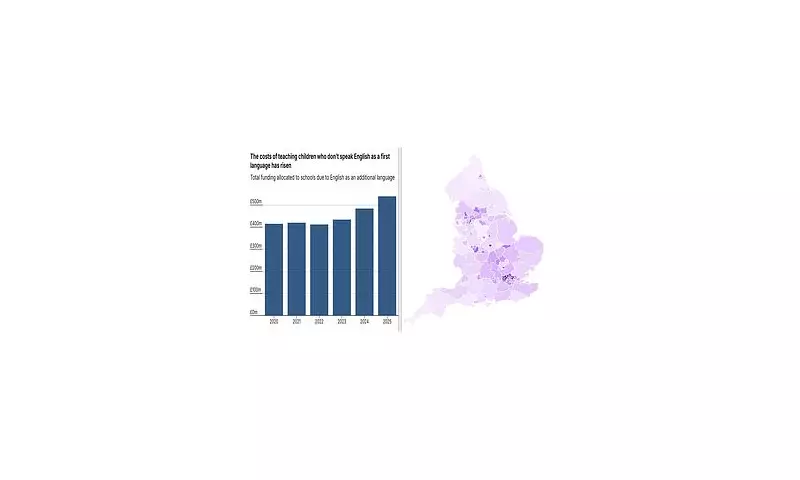
British schools are now spending a staggering £540 million each year to help children who don't speak English as their mother tongue, according to recent government figures that reveal the escalating scale of language support required in classrooms across the nation.
The Changing Face of British Classrooms
The data reveals a dramatic shift in student demographics, with some regions reporting that nearly two-thirds of pupils require additional English language support. This represents one of the most significant challenges facing the education system today, as teachers adapt to increasingly multilingual classrooms.
Regional Hotspots and Funding Allocation
Analysis of the figures shows particular concentration in urban areas, where immigration patterns have transformed local school populations. The funding covers specialist teachers, teaching assistants, bilingual resources, and additional classroom support designed to help non-native speakers access the curriculum alongside their peers.
Impact on Educational Outcomes
Education experts are divided on the effectiveness of current approaches, with some arguing that the investment is essential for ensuring all children receive a quality education, while others question whether the funds could be better allocated. What remains clear is that the situation shows no signs of reversing, requiring long-term strategic planning from education authorities.
The Teacher's Perspective
Frontline educators report both challenges and opportunities in diverse classrooms. Many teachers have developed innovative approaches to language teaching, while simultaneously managing the needs of native English speakers in the same environment.
The Department for Education maintains that supporting non-native speakers is crucial for social integration and future economic participation, though critics continue to debate the scale of expenditure and its distribution across different regions and school types.





